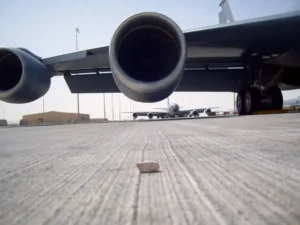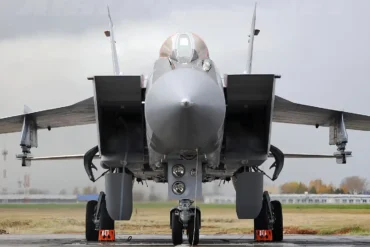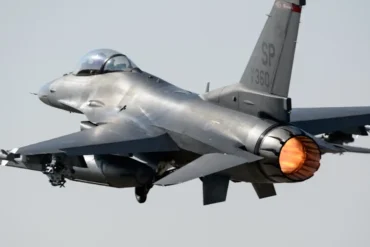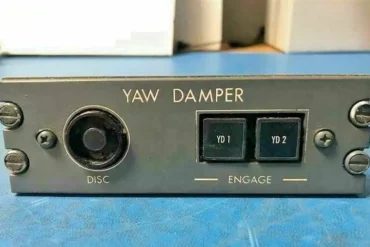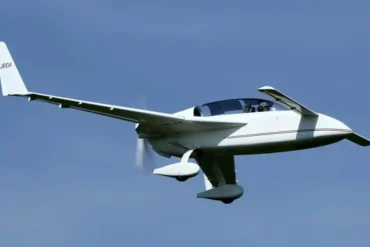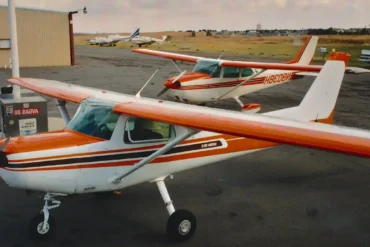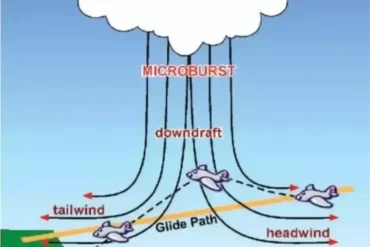Hey there! Let’s talk about FOD. It’s a big deal in industries like aviation, aerospace, manufacturing, motorsports, shipping, and the military. FOD stands for Foreign Object Debris or Foreign Object Damage, and it’s all about keeping things safe and running smoothly. Imagine tiny bits of debris, loose objects, or even wildlife causing havoc – that’s what FOD is all about. It can damage equipment, hurt people, and cause all sorts of delays and safety issues.
When we’re trying to prevent Foreign Object Damage, we call it FOD Prevention or FOE (Foreign Object Elimination). It’s like a never-ending battle to keep everything clean and safe.
What is Foreign Object Debris?
Foreign Object Debris is basically anything that’s not supposed to be where it is. It could be a tiny screw on an airport runway or a forgotten tool in a manufacturing plant. These things might seem harmless, but they can cause big problems. In aviation, they can damage aircraft or hurt people. In manufacturing, they can mess up products or injure workers.
Want some examples? Think about tools, loose hardware, building materials, paper clips, pens, coins, broken pavement, food wrappers, rocks, sand, loose vegetation, luggage tags, hats, gloves, birds, and even volcanic ash. Believe it or not, even people can be considered foreign objects if they’re in the wrong place at the wrong time. There have been cases where people were sucked into aircraft engines – scary stuff!
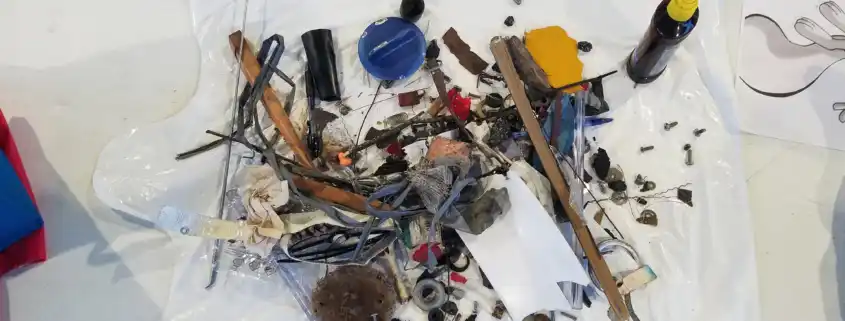
What is Foreign Object Damage?
Now, Foreign Object Damage is what happens when that debris we just talked about causes harm. It can really mess things up. For example, if a small object gets sucked into a jet engine, it can shred the fan blades. Or if debris is on a runway, it can burst an aircraft’s tires during takeoff. In factories, small objects can get trapped in equipment and damage delicate components.
The cost of FOD is staggering. In civilian aviation alone, it’s estimated to cost between $4 billion and $13 billion every year. That includes equipment damage, flight delays, reduced efficiency, legal battles, and other related expenses. But it’s not just about money – FOD can hurt people too, from passengers to factory workers. In military settings, it can even impact national security by reducing air defense capabilities.
FOD in Aviation Incidents
Let me tell you about a couple of scary incidents caused by FOD. In July 2000, Air France Flight 4590 crashed near Paris, killing 113 people. The culprit? A small strip of titanium that fell off another plane’s engine onto the runway. When Flight 4590 took off, this debris burst its tire, which led to a fuel tank rupture and the tragic crash.
On a more positive note, remember the “Miracle on the Hudson” in January 2009? US Airways Flight 1549 hit a flock of Canadian geese just after takeoff, causing both engines to fail. Thanks to the pilot’s incredible skill (and his glider training), he managed to land the plane safely on the Hudson River. Five people were seriously injured, but amazingly, everyone survived.
Usage and Definitions of FOD
While “FOD” is mostly used in aviation and aerospace, other industries might call it “contamination.” But no matter what you call it, it’s a big concern in any place where safety and quality are top priorities. Just to be clear, Foreign Object Debris refers to the actual stuff that shouldn’t be there, while Foreign Object Damage is the harm caused by that debris.
Examples of FOD Prevention Equipment
There’s all sorts of cool equipment used to prevent FOD. Airports use special sweepers to clean runways and taxiways. There are special containers and bags for safely disposing of debris. In repair shops, technicians use tool kitting systems to keep track of small parts. Some places even have special clothes and shoes designed not to shed or carry debris. For aircraft, there are covers to protect them from environmental hazards. And get this – some airports use high-tech radar or camera systems to automatically scan for debris on runways!
Application Beyond Aviation
FOD isn’t just an airport problem. It’s a big deal in manufacturing plants, repair shops, racetracks, and automotive testing grounds too. Anywhere that safety and quality are important, you’ll find people worrying about FOD. If you’re interested in learning more about how this applies to your industry, there are lots of resources out there. We’ve even got an infographic about prevention strategies in factories and warehouses, and a white paper all about cleanroom specifics.
Additional Information Sources
If you want to dive deeper into FOD, there’s plenty of official guidance out there. The FAA (that’s the Federal Aviation Administration) has several Advisory Circulars that cover everything from FOD management to detection equipment and safety inspections. They even have guidelines on maintaining airport pavements to prevent FOD.
There are also industry standards like NAS 412 and AS9146 that set out practices for preventing FOD in aerospace products and environments. These standards are pretty detailed and cover everything from how to set up a FOD prevention program to specific requirements for organizations working in aviation, space, and defense.
